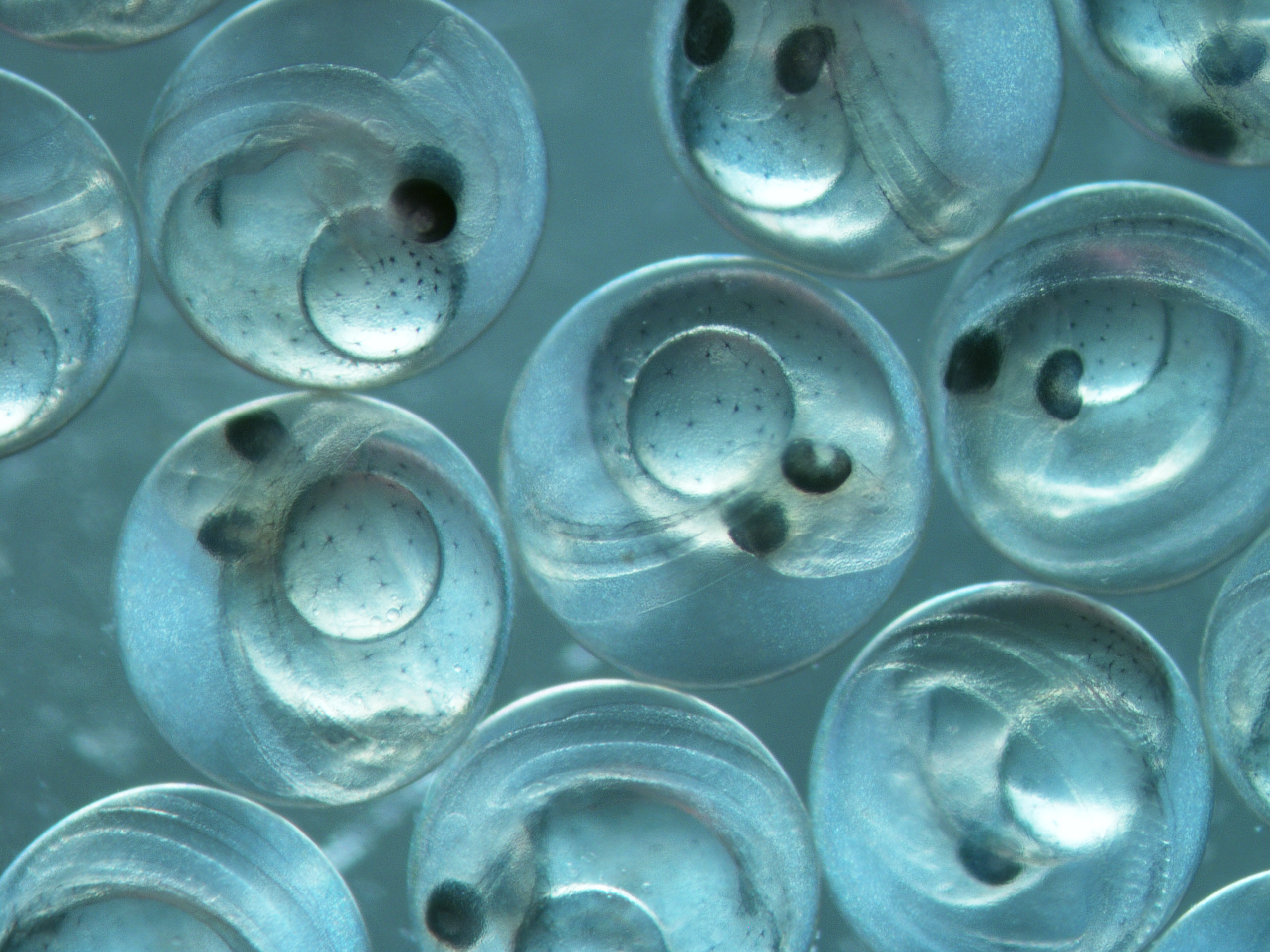The experiences an individual has during early development may affect the individual throughout its entire life (“experiential legacies” ) and these experiential legacies have population-level consequences. I evaluated the extent to which experiential legacies affect individual performance and alter population dynamics. Specifically, I identified patterns in experiential legacies across a range of animal species, and then I focused on experiential legacies within individuals using laboratory experiments, cohorts using analyses of long-term data, and populations using demographic modelling in a focal population: Lake Erie Walleye.
Key Results:
Across species and within Lake Erie Walleye, experiential legacies of trajectory responses (e.g., silver spoon effects) appear consistently, indicating that experiential legacies are commonly related to consequences of early-life energy allocation. However, I also found potential evidence of compensatory growth across cohorts. Determining duration of the influence of early-life environments and compensatory growth within Lake Erie Walleye individuals will allow for better understanding of the impact of early-life environments on the value of specific Lake Erie Walleye cohorts to overall population success. While many questions remain, my research improves our understanding of patterns and implications of experiential legacies in general as well as how these legacies are (and are not) important in understanding the interactions of Lake Erie Walleye with their changing environment.
